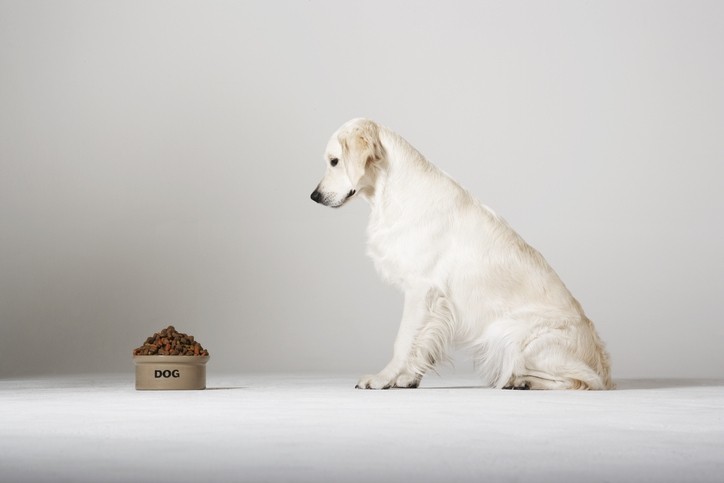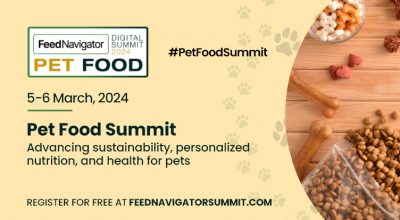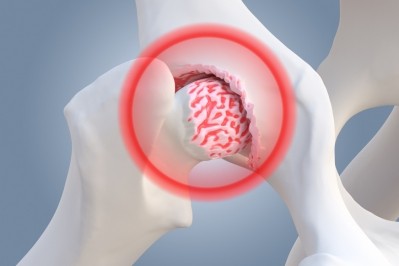Expert panel upholds AAFCO guidelines on copper levels in dog food

The US organization recently announced the findings of an expert panel convened in response to a February 2021 article in the Journal of the American Veterinary Medical Association (JAVMA) warning about the copper content of dog foods and suggesting the current AAFCO guidelines for maximum concentrations of copper (Cu) in foods for dogs should be re-examined.
The authors of the JAVMA article wrote: “We suspect that copper contents of many commercial dog foods are greater than the biologic requirement of dogs and exceed the tolerance limit for some of them.”
And they noted that Cu content in dogs’ livers has been increasing over the past two decades. They claimed that both the digestibility and the amount of ingredients, other than copper oxide, used to supplement copper into dog foods have caused the copper content in the liver of dogs to steadily increase over time to where the copper content of canine livers is now significantly greater than it was prior to some reference time point within the last 10 to 25 years.
However, AAFCO questioned whether the increase resulted from a change in the methods used to quantify liver Cu concentrations or from other factors unrelated to dog food.
“AAFCO was and remains reluctant to make regulatory recommendations based on implications or associations without definitive proof of cause and effect,” said Austin Therrell, executive director of AAFCO. “For that reason, the AAFCO Pet Food Committee felt it was prudent to convene an expert panel and ask noted experts in animal nutrition and health to assess whether it is necessary to revise the copper guidelines in the current AAFCO Dog Food Nutrient Profiles.”
Insufficient data
After an extensive review of relevant veterinary literature, that 13-member expert panel concluded that data for establishing a safe upper limit or maximum tolerance for Cu in dog foods was insufficient when the 2006 Nutrient Requirements of Dogs and Cats was published, and no scientific data on a safe upper limit for dietary Cu for dogs has been published since then.
The majority of those experts determined there is “insufficient empirical data to establish a safe upper limit or maximum tolerable level in normal dogs.”
But it was not a unanimous decision. Two of the expert panel members felt an upper Cu limit in dog food should be established, regardless, with one of the specialists indicating to the chair that a 25 ppm copper on a dry matter basis should be the maximum level set. Twenty-five ppm is the amount the EU has set as a maximum for copper in dog foods based on environmental concerns and that upper limit has been incorporated by the European Pet Food Industry Federation, FEDIAF, into its nutrient profiles.
AAFCO said it will be paying close attention to veterinary literature around this topic, but until science definitively shows additional controls or restrictions are needed, the association said it believes its recommendations for Cu concentration in foods for normal dogs are “appropriately and sufficiently regulated at present.”
To set a maximum recommended content for Cu in dog foods at this time would be “an arbitrary decision, not based on science, with no assurance that the value selected would protect against liver disease,” Therrell added.













